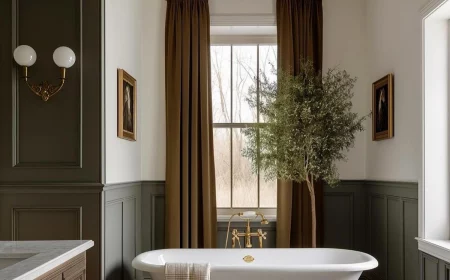Stop Obsessing Over Thread Count: Here’s What Actually Matters for Amazing Sheets
I’ve spent years totally immersed in the world of textiles, and one thing has become crystal clear: most of us are shopping for bed sheets completely wrong. We’ve been trained by some very clever marketing to fixate on one thing and one thing only: thread count. People are always asking, “What’s the highest thread count I can get?” thinking that one big number is the secret to luxury.
In this article
But honestly? That’s a myth that has sold a lot of scratchy, disappointing sheets.
The truth is, thread count is a tiny piece of a much bigger puzzle. A 1,000-thread-count sheet woven from short, weak fibers will feel like sandpaper and fall apart way faster than a 300-thread-count sheet made from premium, long-staple cotton. Real quality isn’t about a single number. It’s about the raw material, the way it’s woven, and the care taken in the finishing process. Once you understand these elements, you can walk into any store, look at a set of sheets, and know exactly what you’re paying for—and whether it’s worth it.
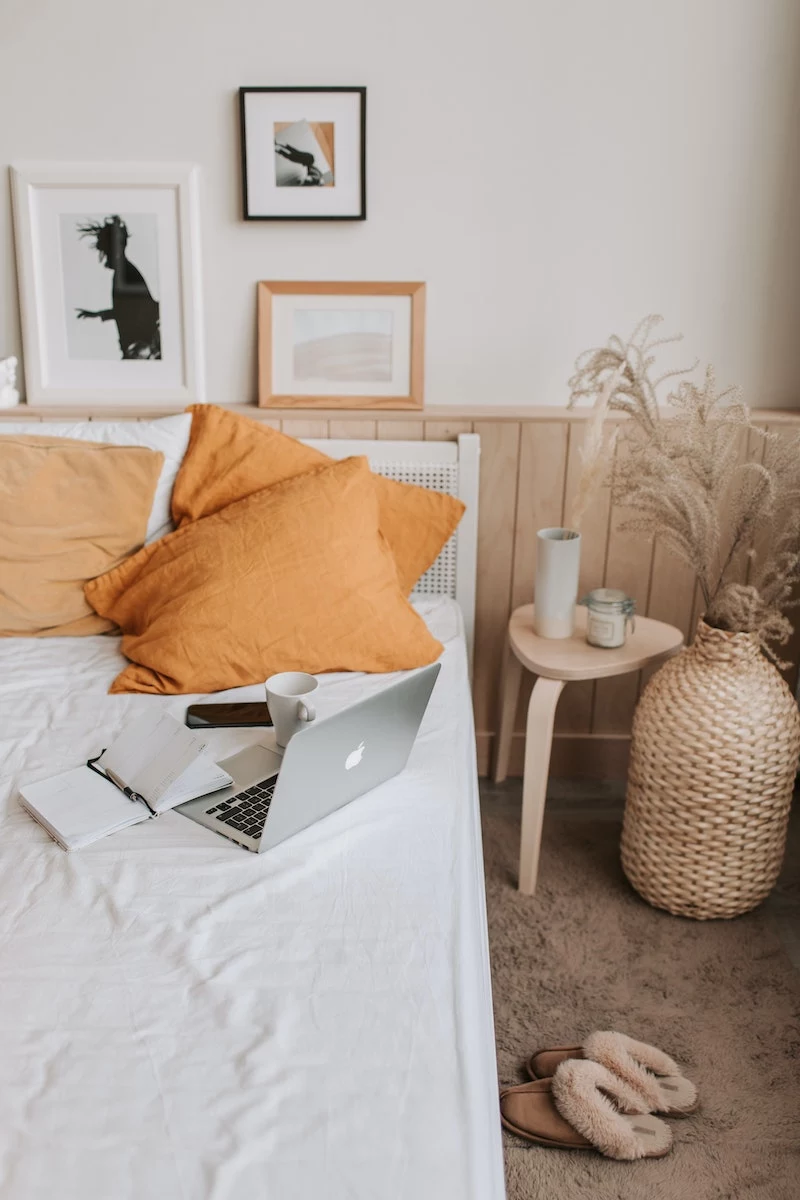
First Things First: It All Starts with the Fiber
Everything, and I mean everything, begins with the raw fiber. You can’t make a masterpiece from mediocre materials. The fiber’s natural qualities set the stage for how soft, strong, and breathable the final fabric can be. This is where the real value lies.
Cotton: Not All Bolls Are Created Equal
Cotton is king for a reason—it’s breathable, durable, and gets softer over time. But just seeing “100% Cotton” on the label tells you almost nothing. The most important factor is the ‘staple length,’ which is just a fancy way of saying how long the individual cotton fibers are. Longer is always better.
- Short-Staple Cotton: This is your standard, run-of-the-mill cotton. Because the fibers are short, more of their tiny ends poke out of the yarn, which makes the fabric feel rougher and more likely to pill. This is what you’ll typically find in those tempting $40-$60 sheet sets at big-box stores. They feel okay at first, but they won’t last.
- Long-Staple Cotton: Here’s where things get good. The longer fibers create a yarn that is much smoother and stronger. Sheets made from this are noticeably softer, have a nice sheen, and hold up beautifully in the wash. Pima cotton is a common type of long-staple cotton.
- Extra-Long Staple (ELS) Cotton: This is the best of the best. These are the longest, finest, and strongest fibers you can get. They create a fabric that’s exceptionally soft, silky, and durable. The most famous type is Egyptian cotton.
Heads Up! The “Egyptian Cotton” Problem
For years, true Egyptian cotton was the undisputed champion. The problem is, the name has been so overused and mislabeled that it’s hard to trust. A lot of what’s sold as “Egyptian Cotton” is actually a lower-grade cotton just grown in the same region. A better sign of quality is to look for the term “long-staple cotton” or a trusted trademark like Supima®.
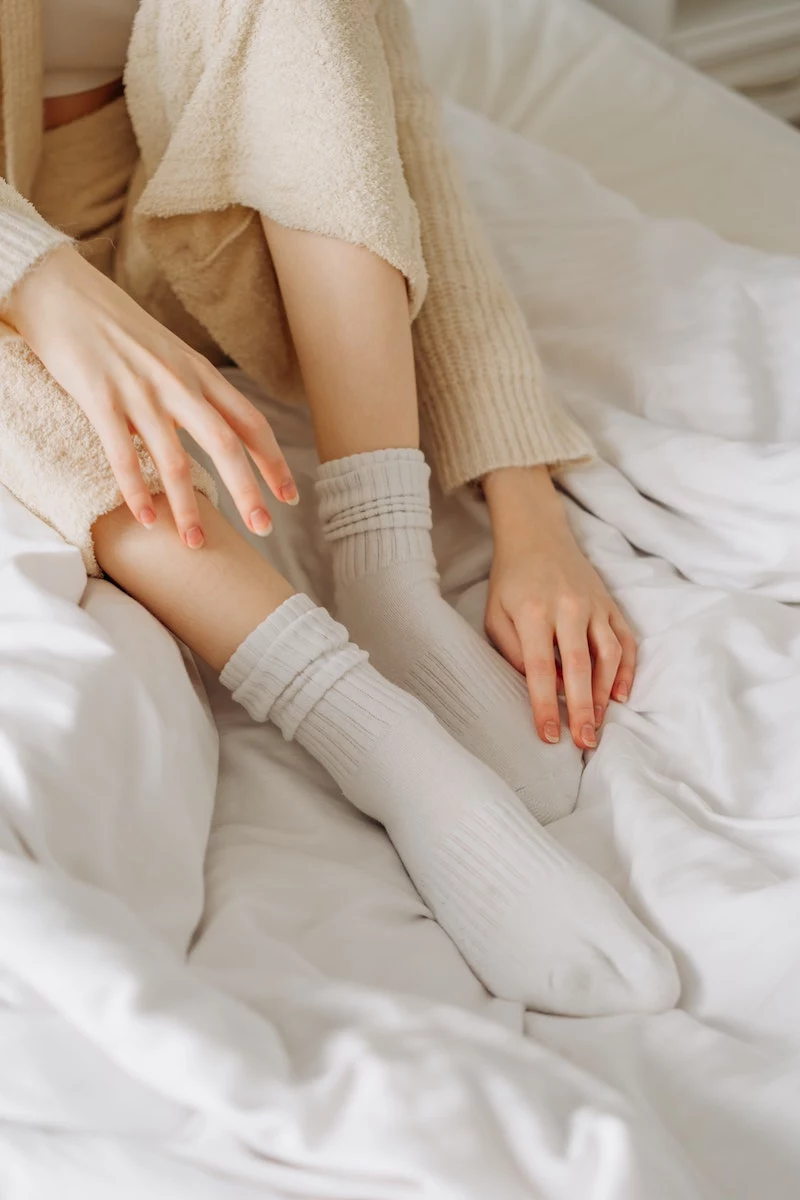
What’s Supima®, Anyway?
Good question. Supima is a trademarked name for American-grown, extra-long-staple Pima cotton. Think of it as a seal of approval. To use the name, the product has to be 100% American Pima, and the supply chain is tightly controlled. So, if you see that Supima® label from a brand like L.L. Bean, you can feel confident you’re getting the real deal. A quality Supima set will usually start in the $150-$250 range, but it’s an investment in comfort that pays off.
Linen: The Effortlessly Cool Classic
Linen, which comes from the flax plant, is one of the oldest and most durable textiles around. Those long, strong fibers make for incredibly resilient sheets that can literally last for generations. From a practical standpoint, the hollow structure of flax fibers makes linen a superstar for hot sleepers. It’s incredibly breathable and can absorb a lot of moisture before it even starts to feel damp.
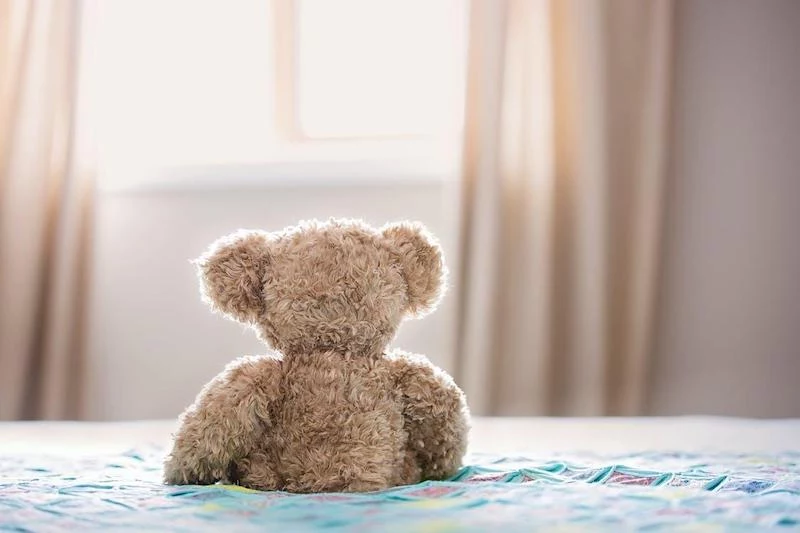
Linen is for you if: You run hot at night, live in a warm climate, and love a relaxed, lived-in, slightly rumpled aesthetic. The wrinkles are part of its charm! High-quality linen isn’t cheap—expect to pay between $200 and $400 for a good set—but its longevity is amazing.
Bamboo, Rayon, and Lyocell: The Silky, Modern Options
Here’s another area where marketing can get confusing. When you see “100% Bamboo,” you might picture something purely natural. The reality is that you can’t just spin bamboo wood into thread. It has to be broken down with chemicals to create a fiber. The resulting fabric is a type of rayon (or viscose).
While it can feel incredibly soft and drapey, a much better and more eco-conscious alternative is Lyocell. TENCEL™ is the brand name to look for here. It’s made in a closed-loop system that recycles over 99% of the solvents, making it a far more sustainable choice. If you love a super-silky, almost cool-to-the-touch feel, TENCEL™ Lyocell is a fantastic option.
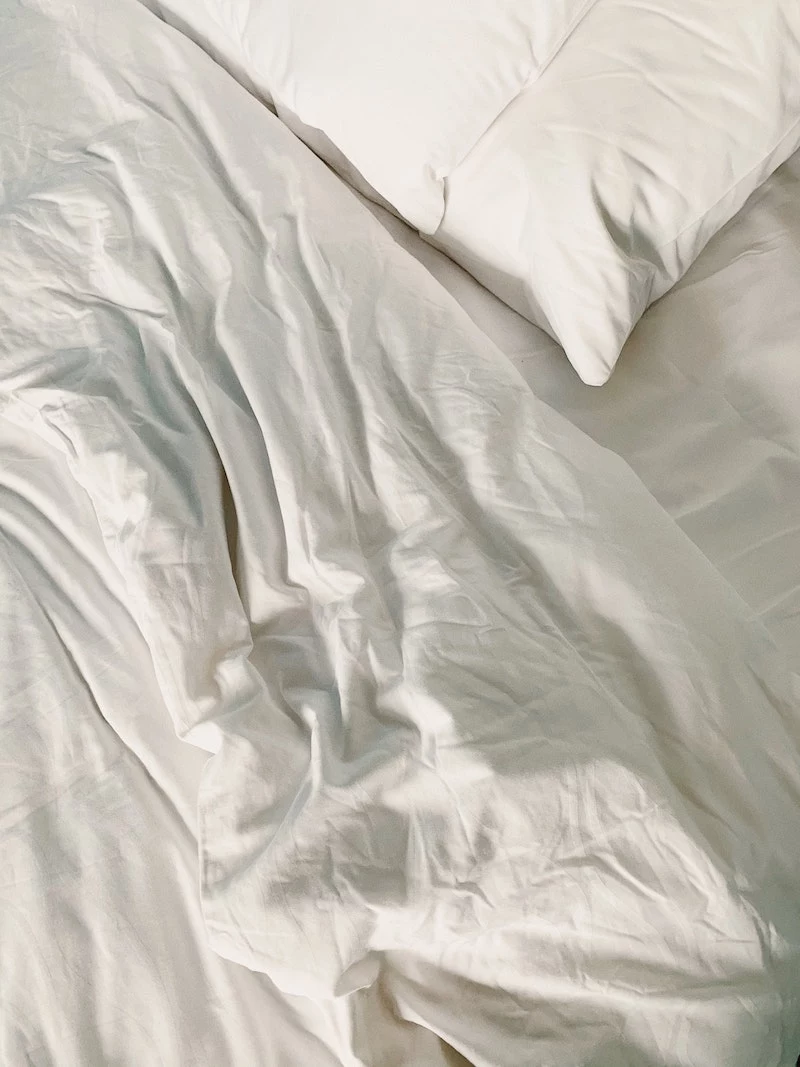
The Weave: How Your Sheets Actually Feel
Once you have good yarn, the weave determines the final feel. This is the pattern of how the threads are interlaced, and it’s why two sheets made from the exact same cotton can feel completely different.
Quick exercise: Go touch your current sheets. Are they crisp and matte like a dress shirt, or are they smooth with a little bit of shine? That’s the weave talking.
Percale: Crisp, Cool, and Matte
Percale is my personal favorite, especially for anyone who sleeps warm. It’s a simple one-thread-over, one-thread-under grid pattern. This tight weave results in a fabric that’s light, airy, and has that distinct cool-to-the-touch feeling when you first slip into bed. It has a matte finish, not a shiny one, and it gets softer and better with every wash.
Percale is for you if: You kick off the covers at night, love that fresh “luxury hotel sheet” feel, and don’t mind a few natural wrinkles.
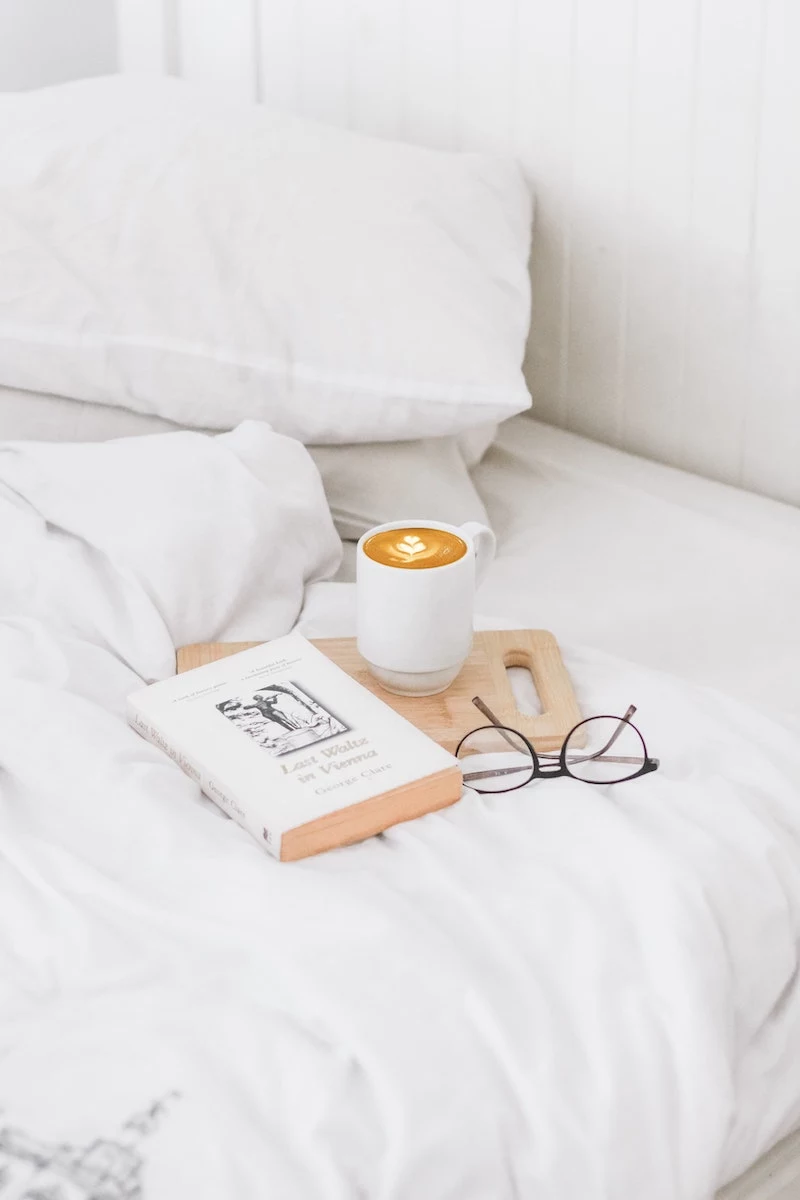
Sateen: Silky, Smooth, and Luminous
Sateen uses a different structure—usually four threads over and one thread under. This puts more threads on the surface, which creates its signature silky-smooth feel and lustrous sheen. Sateen drapes more closely to the body and traps a bit more heat, making it feel cozier and warmer than percale. It’s a great choice for people who get cold at night or just prefer a buttery, plush texture.
Sateen is for you if: You’re always cold, you want a fabric that feels decadent and drapes beautifully, and you prefer a sleek, less wrinkly look right out of the dryer.
So, what’s the bottom line? Think of it this way. Percale is like a perfectly tailored, crisp white shirt—classic, breathable, and cool. Sateen is more like a silk blouse—incredibly smooth, drapey, and with a richer, more luxurious appearance. The choice really comes down to whether you prioritize crisp coolness (Percale) or silky coziness (Sateen).
How to Spot Quality in the Wild: A Shopper’s Checklist
Okay, so how do you tell the good from the bad when you’re standing in the middle of a store? Here are a few pro tricks to add to your arsenal.
- Look Past Thread Count: Remember, a 300-thread-count sheet made with strong, single-ply yarn is far better than a 900-thread-count sheet made with weak, twisted-together threads. For percale, the sweet spot is 200-400. For sateen, look for 300-600. Be very skeptical of anything higher.
- Do the ‘Hand Feel’ Test: Don’t just swipe your fingers across the display. Grab a handful of the fabric and crumple it. Does it feel substantial or thin and flimsy? A common trick is to coat cheap sheets with silicone softeners. They feel amazing in the package but wash off after one or two cycles, revealing the scratchy fabric underneath. Real quality feels good on its own.
- Check the Seams and Stitching: This is a huge giveaway. Flip over the pillowcase hem. Are the stitches small and close together? That’s a great sign. On the fitted sheet, check the elastic. It should be thick and run all the way around the edge, not just on the corners. Cheap elastic is often the first point of failure.
- The Smell Test: Give the sheets a sniff. If you get a strong chemical smell, it’s likely been treated with finishing agents like formaldehyde to prevent wrinkling. While this often washes out, it’s a sign of heavy processing. Quality sheets should just smell like clean fabric.
Making Your Investment Last: Proper Care Is Everything
You wouldn’t buy a nice car and then never change the oil, right? Protecting your investment in good sheets requires a little bit of care, but it’s super simple.
- Wash Wisely: Use cool or warm water, never hot, which can break down fibers. Stick to a mild liquid detergent and don’t overdo it—excess soap can build up and make sheets feel stiff.
- Skip the Fabric Softener: This is my number one tip! Fabric softeners work by coating fibers with chemicals, which suffocates them and reduces their natural breathability and absorbency. For a natural alternative, add a half-cup of white vinegar to the rinse cycle. It removes detergent residue and softens fabric without leaving a film.
- Dry with Care: High heat is the enemy. Tumble dry on low or medium, and try to pull the sheets out when they’re still just a tiny bit damp. Putting them straight on the bed or folding them right away will drastically reduce wrinkles. By the way, wool dryer balls are a great, chemical-free way to soften fabrics and speed up drying time.
- Rotate Your Sets: Having two or three sets of sheets per bed is a game-changer. Rotating them weekly gives each set a “rest” from constant use and laundering, which will easily double their lifespan.
A Quick Tip for Stains: Everyone has accidents! For oily stains like makeup or lotion, a dab of dish soap worked in gently before washing works wonders. For blood, always use COLD water; hot water will set the stain permanently.
The Final Details: Certifications and a Perfect Fit
What we sleep on is next to our skin for hours every night, so making sure it’s healthy is non-negotiable. Luckily, there are a couple of certifications that make it easy.
- OEKO-TEX® STANDARD 100: If you see this label, it means every part of the product—from the thread to the dye—has been tested and found to be free of a long list of harmful substances. It’s a global seal of trust you can count on.
- GOTS (Global Organic Textile Standard): This is the top-tier certification for organic textiles. It guarantees the fabric is at least 95% organic fiber and that no toxic chemicals were used in the entire production process. It also ensures fair labor practices.
One Last Thing… Before you buy, measure the depth of your mattress! With all the pillow-tops out there, a standard fitted sheet might not cut it. Look for descriptions like “deep pocket,” usually for mattresses 15 inches or taller. A great set of sheets, cared for properly, should last you a good 3-5 years, maybe even longer. You’ll know it’s time for a new set when the fabric feels noticeably thin or starts to fray.
So, let’s put it all together. If you’re a hot sleeper who wants sheets that will last for years and you love a crisp feel, I’d steer you toward a 300-thread-count, long-staple cotton percale set with an OEKO-TEX certification. If you’re a cold sleeper who wants something that feels like butter, look for a 400-thread-count sateen set made from Supima cotton. See? Once you know the language, it’s not so intimidating. It’s about investing in your own well-being, one amazing night’s sleep at a time.
Inspirational Gallery
Percale: Imagine the crisp, cool feel of a classic, high-end hotel sheet. It’s light, breathable with a matte finish, and perfect for those who tend to sleep warm. Think of it as your favorite tailored cotton shirt.
Sateen: This weave is all about silky softness and a subtle luster. It drapes beautifully, feels exceptionally smooth against the skin, and is slightly heavier, making it a cozier choice for cooler nights.
Ultimately, it’s a personal preference: do you want crisp and cool, or silky and warm?
Linen can absorb up to 20% of its own weight in moisture before it even begins to feel damp.
This remarkable natural property is why linen sheets are a game-changer in warmer climates or for anyone who sleeps hot. Unlike fabrics that trap heat, linen breathes and wicks away moisture, actively helping to regulate your body temperature for a deeper, more comfortable sleep.
You’ve invested in beautiful sheets—now make them last. The biggest mistake is using high heat and harsh detergents, which damages the delicate long fibers that make them so soft.
- Wash in cool or warm water, never hot.
- Use a gentle, pH-neutral liquid detergent, and use less than you think you need.
- Tumble dry on low and remove promptly to prevent set-in wrinkles.
- Skip the fabric softener entirely; it coats natural fibers and reduces their breathability.
What does OEKO-TEX® certified actually mean when you see it on a bedding label?
It’s a global stamp of approval for textile safety. It guarantees that every single component—from the thread and fabric to the buttons—has been tested and proven free from a long list of over 350 harmful substances. It’s a reassurance that the sheets you wrap yourself in every night are safe for your skin and health.
The fastest way to a luxury feel on a budget: Upgrade your pillowcases first. Your face is the most sensitive to texture, so investing in a pair of high-quality extra-long staple cotton or silk pillowcases can transform your entire sleep experience. It’s an instant touch of luxury from brands like Quince or Brooklinen, even if the rest of your sheet set is more basic.
Move over, stark white. The new luxury is all about deep, nature-inspired tones that create a serene, grounded atmosphere. Think terracotta, moss green, deep ochre, and dusty rose. These earthy colors feel both sophisticated and incredibly calming. Brands like Parachute and The Citizenry have mastered this palette, offering bedding that turns your room into a true sanctuary.
- Feels effortlessly chic and inviting.
- Gets softer and more supple with every single wash.
- Offers a relaxed,
Did you know that top-quality Egyptian cotton is still picked by hand?
This gentle harvesting process puts less stress on the fibers than mechanical picking. The result is that the delicate, extra-long staples are preserved perfectly intact, leading to the creation of the smoothest, strongest, and most coveted yarns in the world. It’s a testament to the fact that true luxury often lies in time-honored techniques.


